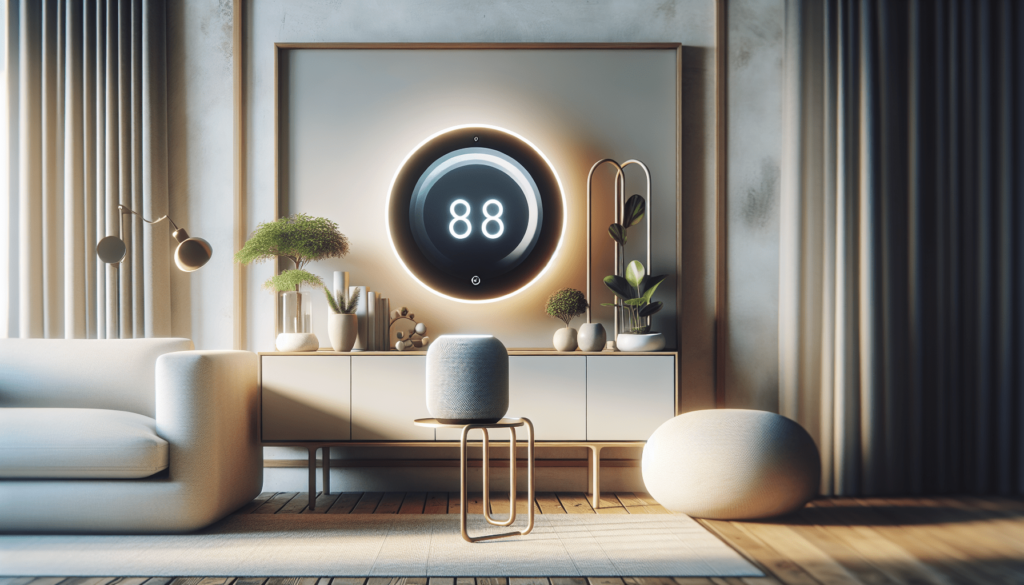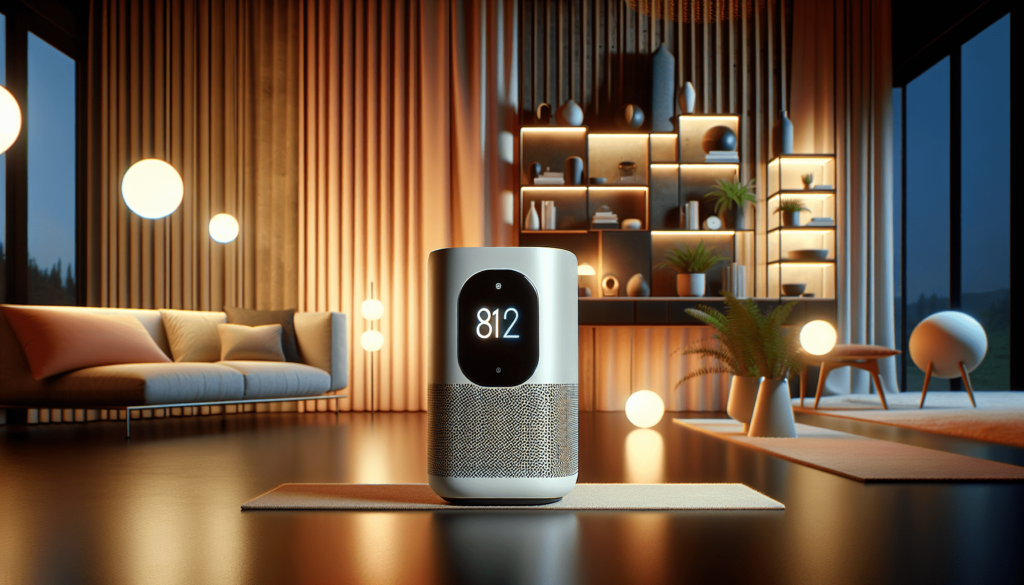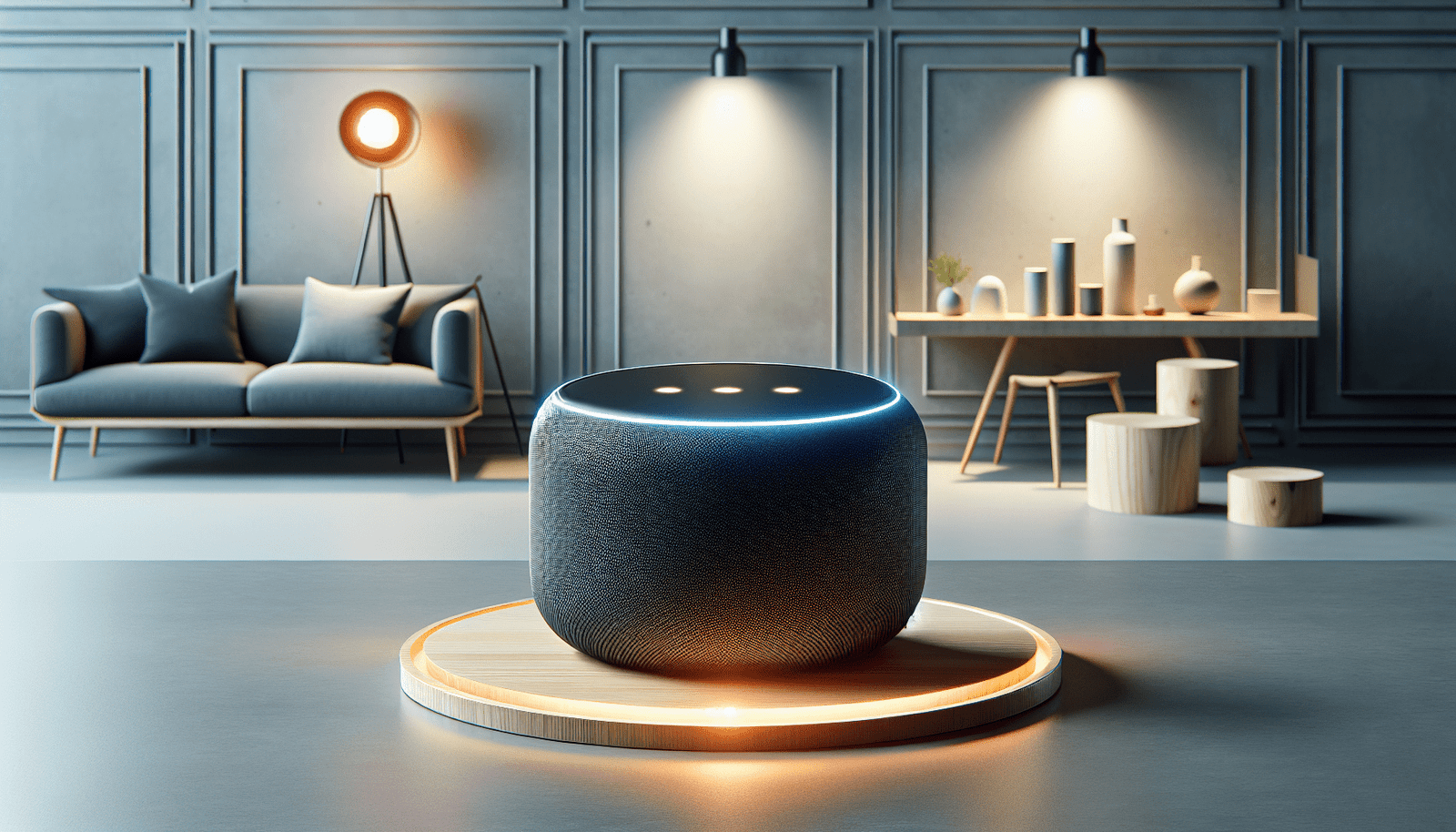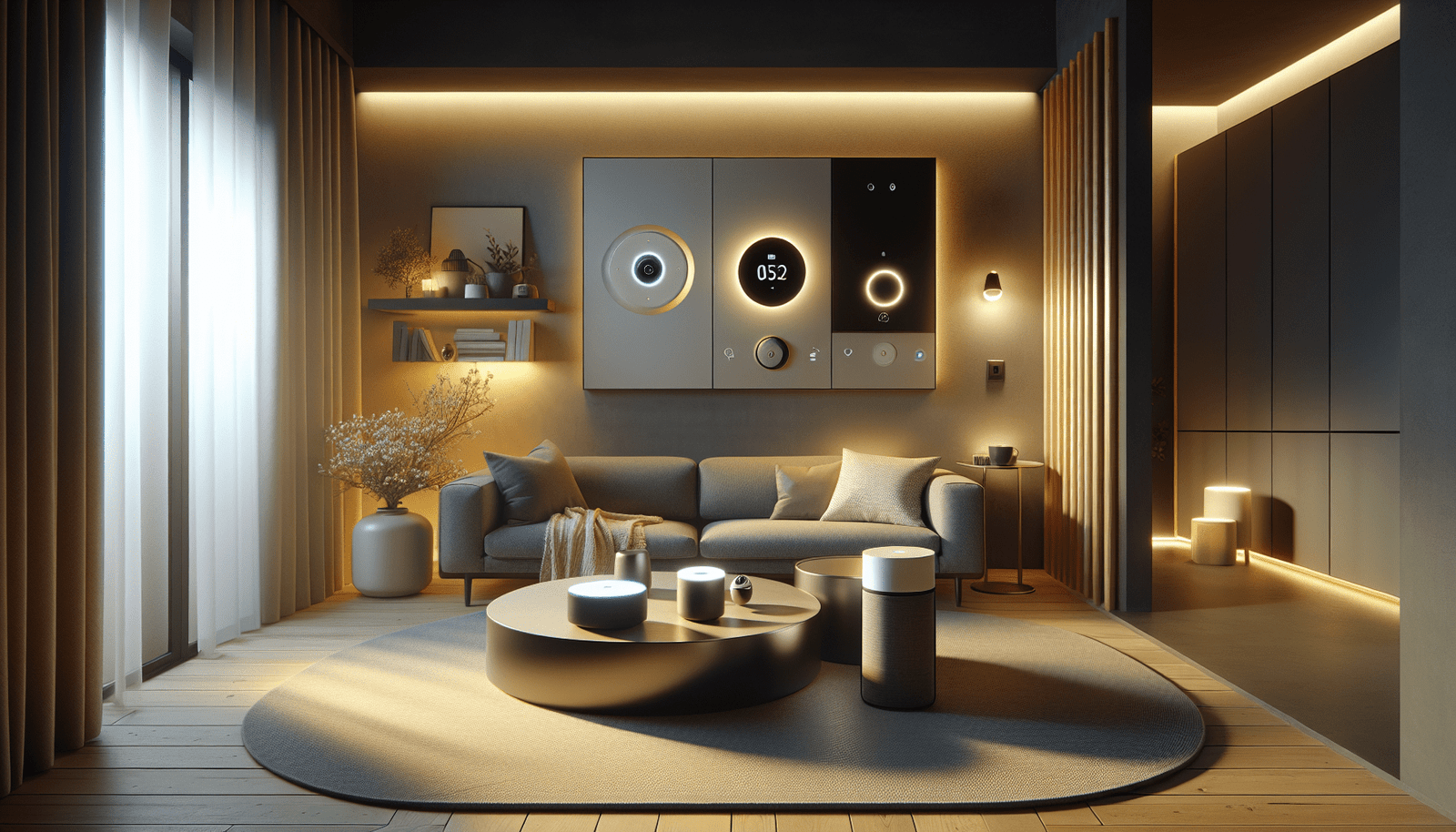Have you ever imagined living in a home that anticipates your needs, making your life more convenient and enjoyable? In this digital age, the dream of a smart home is becoming a reality.
What Is a Smart Home?
A smart home refers to a residence that uses smart devices to enhance the living experience. These devices are connected to the internet and can be controlled remotely through smartphones, tablets, or even voice commands. Imagine adjusting your thermostat, controlling your lights, or checking your security system from anywhere in the world. A smart home turns this dream into an everyday reality.
The Core Components of a Smart Home
Understanding what makes a home “smart” begins with recognizing its essential components. Here are the key elements:
- Smart Devices: These include anything from smart thermostats and lighting to security cameras and appliances. Each device has specific functions, but all contribute to an interconnected smart system.
- Hub or Controller: This is the central unit that allows for communication between different smart devices. Some popular hubs include Amazon Echo, Google Nest, or SmartThings.
- Connectivity: Smart devices rely on Wi-Fi, Bluetooth, or Zigbee to communicate with one another and with you. Reliable internet connectivity is crucial for seamless operation.
How Does a Smart Home Work?
You might be wondering how all these components fit together. At its core, a smart home operates through automated systems and processes. Here’s how it generally works:
Automation and Control
Smart homes utilize automation to enhance user convenience. For instance, through setting up specific routines, you can schedule lights to turn on at sunset or adjust your thermostat when everyone leaves for the day. Automation systems can vary based on your preferences and your devices’ capabilities.
Remote Access
With a smartphone app or web interface, you can control most devices in your smart home from virtually anywhere. Want to check if you left the lights on? You can do that with the touch of a button.
Voice Control
Many smart home systems integrate with voice-activated assistants like Amazon Alexa or Google Assistant. This means you can command your devices without ever lifting a finger—just say it, and it happens.

Benefits of a Smart Home
The advantages of transitioning to a smart home are numerous and impactful. Here’s a closer look at just how a smart home can enhance your living environment:
Increased Convenience
Life can be hectic, and anything that simplifies your daily routine can be a lifesaver. With smart devices, tasks that once took up time can be automated or completed remotely. Imagine turning on your coffee maker from your bed or adjusting your home’s temperature while you’re still at work.
Enhanced Security
Security systems in smart homes often include surveillance cameras, smart locks, and motion detectors. You can monitor your property in real-time through your smartphone, receive alerts about unusual activity, and secure your home from anywhere.
Energy Efficiency
Smart thermostats can learn your schedule and adjust the temperature accordingly, which can lead to lower utility bills. Smart lighting systems can help reduce energy consumption by allowing you to turn lights off remotely or set them to adjust based on the level of natural light.
Personalized Comfort
With the ability to customize settings for different devices, you can create an environment that caters specifically to your needs. Want your room to be a certain temperature while enjoying your favorite podcast? Your smart home can help with that.
Increased Property Value
As smart homes become increasingly popular, having upgraded technology in your property can actually enhance its market value. Future buyers may appreciate the convenience of existing smart technology, making your home more appealing.
Smart Home Devices to Consider
When thinking about building your smart home, knowing which devices to consider can help you create an efficient and enjoyable environment. Here’s a list of popular smart home devices to consider:
| Device Type | Examples | Functionality |
|---|---|---|
| Smart Lighting | Philips Hue, LIFX | Control brightness, color, and schedules |
| Smart Thermostat | Nest, Ecobee | Automatically adjusts temperature based on your habits |
| Smart Security | Ring, Arlo | Home surveillance, alerts for unusual activity |
| Smart Speakers | Amazon Echo, Google Nest | Voice control and music streaming |
| Smart Appliances | Samsung Smart Fridge, Smart Ovens | Integrated with your home for greater convenience |
| Smart Plugs | TP-Link Kasa, Wemo | Remote control of regular appliances |
| Smart Locks | August, Schlage | Keyless entry and remote locking |

Setting Up Your Smart Home
Now that you’re aware of the various components and devices, it’s time to think about how to set up your smart home. The process may seem overwhelming, but breaking it down into steps can make it manageable.
Step 1: Assess Your Needs
Before jumping in, consider what you want to achieve with your smart home. Is it about convenience, security, energy efficiency, or all the above? Focus on your priorities.
Step 2: Choose Your Ecosystem
Select a platform or hub that best suits your needs. If you already have devices from a specific brand, it usually makes sense to stick to that ecosystem for better compatibility.
Step 3: Start Slow
You don’t need to convert your entire home into a smart home overnight. Start with a couple of devices, such as smart bulbs or a thermostat. As you get used to the technology, you can gradually add more devices.
Step 4: Connect Everything
Once you’ve selected your devices, set them up and connect them to your chosen hub. Most devices come with user-friendly apps that guide you through the installation process.
Step 5: Customize Settings
Tailor the functionalities to suit your lifestyle. Set scene presets for different times of day or create routines that automate your morning tasks.
Managing Your Smart Home
After setting everything up, it’s essential to maintain and manage your smart home effectively. Here are some tips:
Regular Updates
Many devices receive updates that enhance security and add functionalities. Keeping your hub and devices updated is essential to ensure smooth performance.
Create Routines
Routines can automate various tasks in your home, like turning off lights at bedtime or locking doors at certain times. Think about your daily activities and how automation can assist you.
Monitor Usage
Most smart home systems provide insights into usage patterns. By regularly monitoring how you use your devices, you can make adjustments to ensure you’re getting the most out of your smart home.
Seek Compatibility
As you add new devices, ensure they’re compatible with your existing systems. This will prevent future headaches and make for a more seamless experience.
Smart Home Challenges
While there are many benefits to smart homes, there are also challenges that you may encounter. Being aware of these can help you navigate them more easily.
Security Risks
Connected devices can be vulnerable to hacking. Always use strong, unique passwords, and consider enabling two-factor authentication where possible.
Initial Costs
Setting up a smart home can require a significant upfront investment. Weigh the long-term benefits against the initial costs to determine if it’s the right choice for you.
Complexity
With many devices and different ecosystems, it can be overwhelming. If you prefer simplicity, choose a limited number of well-integrated devices rather than trying to connect everything at once.
Dependence on Internet
Most smart home devices rely heavily on internet connectivity. A weak or unstable connection can hinder their functionality, so it’s wise to invest in a reliable internet service.
Future of Smart Homes
As technology evolves, so does the concept of smart homes. The future looks promising, with advancements in artificial intelligence (AI) and machine learning that will further enhance home automation. Here are some trends to keep an eye on:
AI and Machine Learning
As devices become smarter, they’ll learn from your habits and preferences, creating a highly customized living experience. Imagine your home being able to predict your needs throughout the day!
Integration with Other Technologies
Smart homes are beginning to integrate more with other technology such as wearables. Your fitness tracker might communicate with your smart thermostat to adjust based on your lifestyle.
Sustainability
More smart devices are being designed with energy efficiency in mind. Expect to see products that help manage energy use to promote a greener environment and lower utility bills.
Conclusion
Living in a smart home can dramatically enhance your lifestyle by making everyday tasks easier, safer, and more energy-efficient. As you consider making your home smarter, remember the key steps: assess your needs, choose compatible devices, and take it slow. Embrace the technology that suits your lifestyle, and enjoy the comfort, convenience, and security it brings. The future of living is connected, efficient, and tailored just for you.

Disclosure: As an Amazon Associate, I earn from qualifying purchases.




